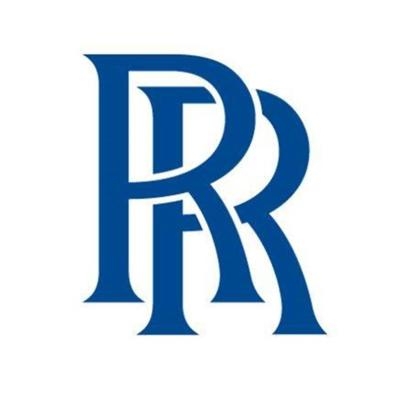Fri, Jul 16, 2021
AD 2021-14-03 Prompted By Reports Of HPT Stage 1 Blades Failing In Service
The FAA is adopting a new airworthiness directive (AD) for certain Rolls-Royce Deutschland Ltd. & Co KG (RRD) BR700-715A1-30, BR700-715B1-30, and BR700-715C1-30 model turbofan engines.

This AD was prompted by reports of HPT stage 1 blades failing in service due to sulphidation and subsequent crack initiation. This AD requires removal and replacement of the HPT stage 1 blade and HPT stage 1 blade damper. The FAA is issuing this AD to address the unsafe condition on these products. This AD is effective August 19, 2021.
Supplementary Information: The FAA issued a notice of proposed rulemaking (NPRM) to amend 14 CFR part 39 by adding an AD that would apply to certain RRD BR700-715A1-30, BR700-715B1-30, and BR700-715C1-30 model turbofan engines. The NPRM published in the Federal Register on November 13, 2020 (85 FR 72608). The NPRM was prompted by reports of HPT stage 1 blades failing in service due to sulphidation and subsequent crack initiation, due to contamination of the blade shank passing by the blade damper. In the NPRM, the FAA proposed to require removal and replacement of the HPT stage 1 blade and HPT stage 1 blade damper. The FAA is issuing this AD to address the unsafe condition on these products.
The European Aviation Safety Agency (EASA), which is the Technical Agent for the Member States of the European Community, has issued EASA AD 2018-0194, dated September 4, 2018 (referred to after this as “the MCAI”), to address the unsafe condition on these products.
The MCAI states:
- Occurrences have been reported on RRD BR700-715 engines where certain HP turbine stage 1 blades failed in service. Investigation of these events showed that these were caused by sulphidation and subsequent crack initiation, due to contamination of the blade shank passing by the blade damper.
- This condition, if not corrected, could lead to further HP turbine stage 1 blade failures, possibly resulting in engine in-flight shut-down and consequent reduced control of the aeroplane. To address this potential unsafe condition, RRD published the NMSB to provide instructions to replace the affected assembly.
- For the reasons described above, this [EASA] AD requires determination of the engine configuration and, depending on findings, removal of the engine from service to replace the affected assembly.
You may obtain further information by examining the MCAI in the AD docket at https://www.regulations.gov by searching for and locating Docket No. FAA-2020-1025.
More News
“We achieved full mission success today, and I am so proud of the team. It turns out Never Tell Me The Odds had perfect odds—never before in history has a booster this >[...]
NonDirectional Beacon An L/MF or UHF radio beacon transmitting nondirectional signals whereby the pilot of an aircraft equipped with direction finding equipment can determine his/h>[...]
About 5ft Above Ground Level, The Airplane Stalled, And The Left Wing Dropped Analysis: The pilot reported that this flight was conducted as part of phase 1 flight testing of the n>[...]
Aero Linx: Brodhead Pietenpol Association The Brodhead Pietenpol Association is a newly reorganized (in 2017) non-profit educational corporation that grew and developed from an ear>[...]
Also: VerdeGo Contract, Medi-Carrier, Gambit 6 UCAV, Blade Urban Air Mobility Pilot Archer Aviation has inked a deal for control of Hawthorne Municipal Airport (HHR), also known as>[...]
 Aero-News: Quote of the Day (11.17.25)
Aero-News: Quote of the Day (11.17.25) ANN's Daily Aero-Term (11.17.25): NonDirectional Beacon
ANN's Daily Aero-Term (11.17.25): NonDirectional Beacon NTSB Final Report: Fred L Wellman CH 750 Cruzer
NTSB Final Report: Fred L Wellman CH 750 Cruzer ANN's Daily Aero-Linx (11.17.25)
ANN's Daily Aero-Linx (11.17.25) Airborne-NextGen 11.11.25: Archer Buys Hawthorne, Joby Conforms, Stranded Astros
Airborne-NextGen 11.11.25: Archer Buys Hawthorne, Joby Conforms, Stranded Astros



